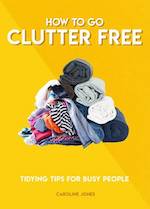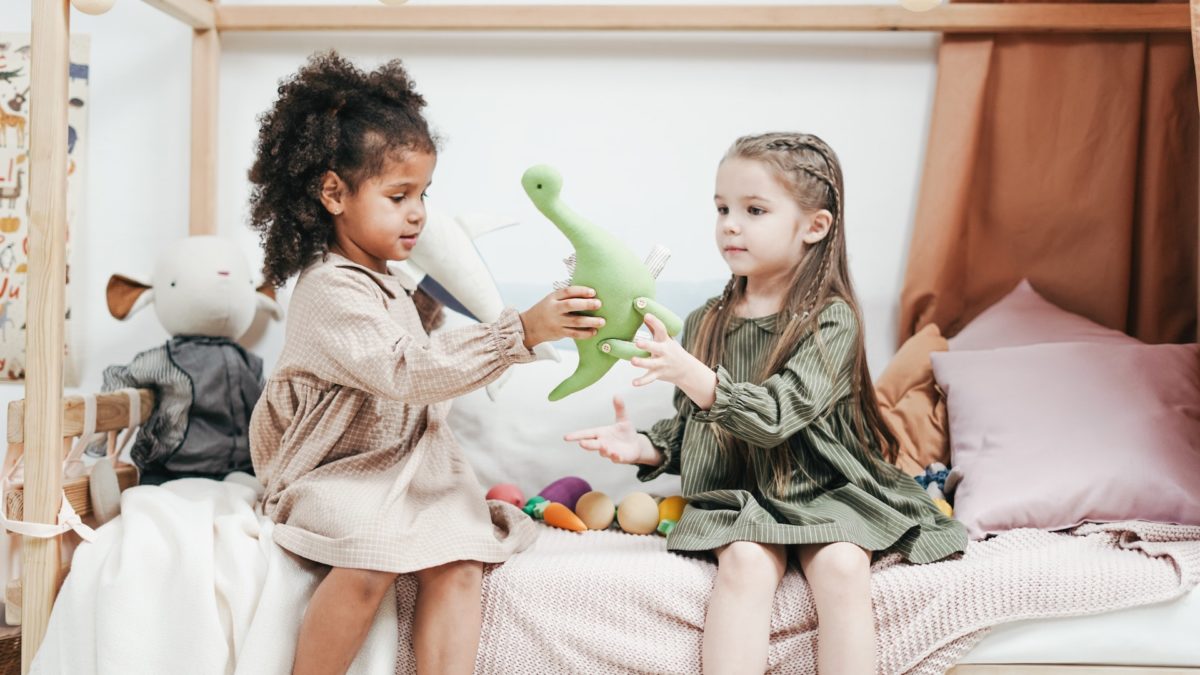If there’s one room you wish you could lock the door on and never look at again, it’s probably your child’s room!
Thanks to the endless piles of toys, books, clothes and crafts in rotation at any one time, keeping this area clutter-free can feel like an impossible and endless task. Here are seven tricks that can help make the transformation—and maintenance—easier.
1. Involve the kids from the start
Although your first instinct might be to wait until your children are at daycare or school so you can chuck stuff away without complaint, getting your kids to help with a declutter is actually a really good idea. You might think they’ll find it boring, but in reality most find it fun and will want to have a say in how their toys are organised. Involving them at the outset will also help ensure they feel some ownership over the project, so they’ll be more inclined to keep things tidier—or at the very least, they’ll know where everything should be stored!
It’s not worth asking kids to choose what should stay or go—they will inevitably refuse to part with even the smallest piece of fluff. Instead, ask them to show you around their room—pointing out to you their favourite bits and why. This will give you a good sense of which things are most important to them—and what could perhaps now be safely donated to younger children via family or a charity shop.
2. Explain how all stuff has a home
Do you remember your parents telling you to “put all that junk away” as a child when your room was messy? This is actually a pretty negative way of expressing a wish for tidiness, but with a simple language tweak you can easily reframe this task in a more positive light. Younger children have a natural affinity for personalising toys and other objects, so saying things such as “Where do we want this to live?” or “Shall we find this toy a nice home?” makes sense to them and better captures their imagination, making them keener to help.
3. Give them permission to ditch stuff they don’t want
Too much stuff can actually be overwhelming for kids, but they also don’t know how to say no or give up things they no longer need. Give them the chance to sort out a pile of toys they no longer play with “to help some children who don’t have many toys”. The idea that their toys are getting a new home feels much more positive and like doing something good—rather than just getting rid of stuff for the sake of it.
Read: How to declutter your house
4. Make it a game
If possible, try making clearing up feel like play. Ask your child to collect six items to put back in their “homes” at the end of the day—and time them as they do it, with a prize for taking less than two minutes, for example. This feels more manageable than just “tidy everything up” and can help reinforce the habit of daily tidies.
5. Be a neat freak
Kids mirror what their parents are doing and even something as small as putting away your shoes, jacket and keys every time you get home acts as a lesson in action. Tidy parents equal tidy kids—so lead by example!
6. Have a kids’ “belongs in another room” bin
Kids leave stuff all over the house, and getting this under control can be a full-time job. Create a “belongs in another room” bin specifically for your kids to use and remind them that they’re not finished tidying until they’ve returned everything that belongs elsewhere around the house to its proper place straight away. Don’t let them leave anything lingering in the bin!
7. Designate mini clean-up times
It’s always easier to get the kids onboard to help if there are only a few items they need to put away.
Children like to do fun things fast, so do it regularly rather than leaving it until it looks like a bomb went off in their playroom, leaving both you and your kids feeling overwhelmed. A ten-minute tidy-up time after dinner each night is a manageable amount of time and, by doing a little and often, you should avoid needing to spend another whole day blitzing the area.

Text from How to Go Clutter Free by Caroline Jones. Welbeck RRP $19.99
How helpful was this article?
Click on a star to rate it!
4.7 / 5. 3
Be the first to rate this post!
Caroline Jones
Related posts
Subscribe
Receive personalised articles from experts and wellness inspiration weekly!

